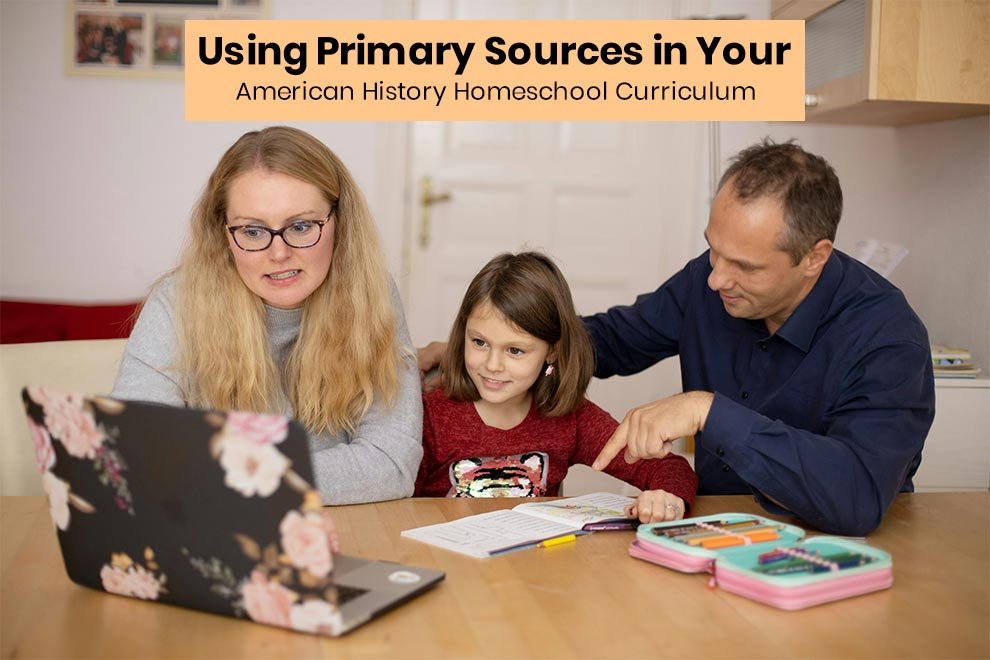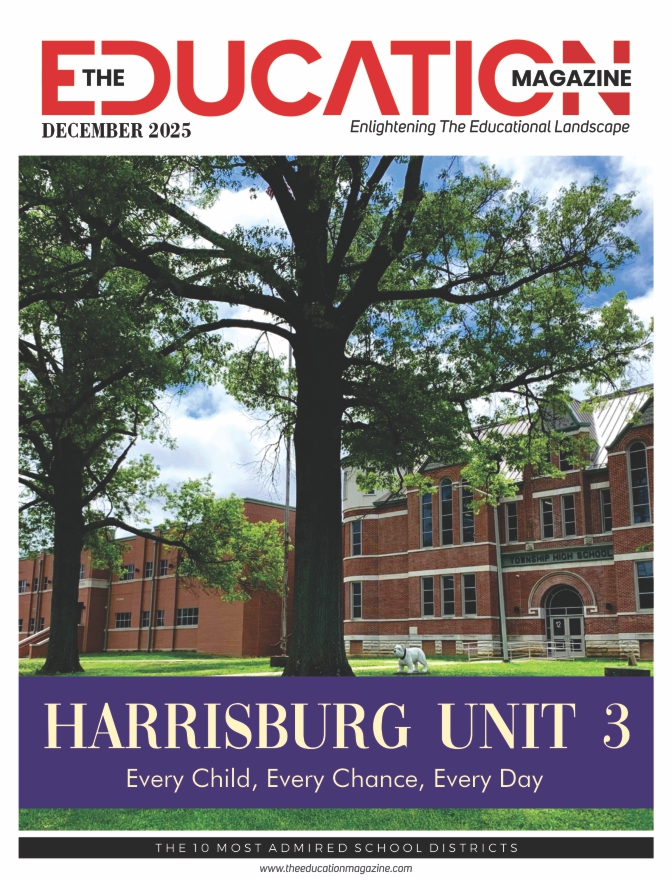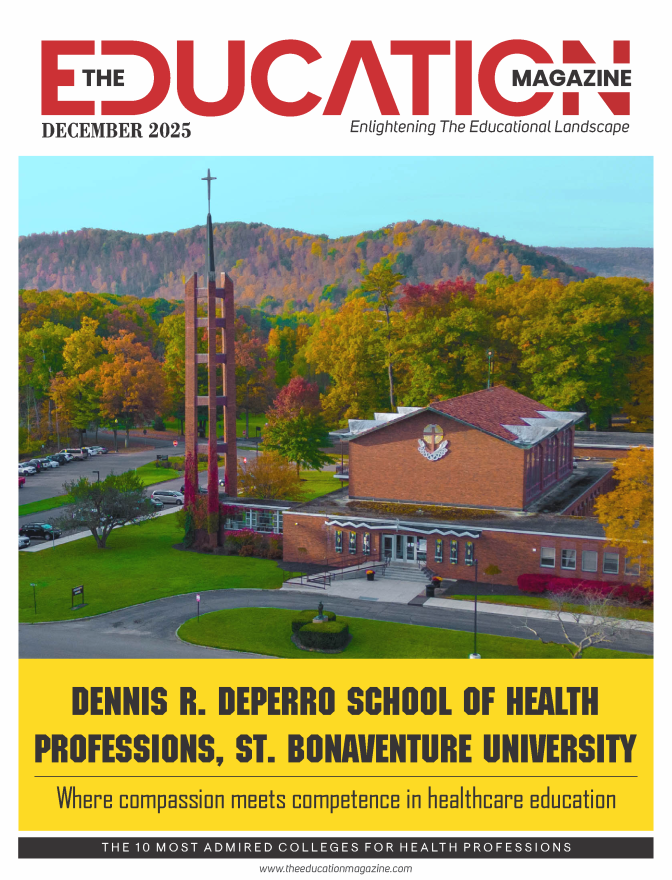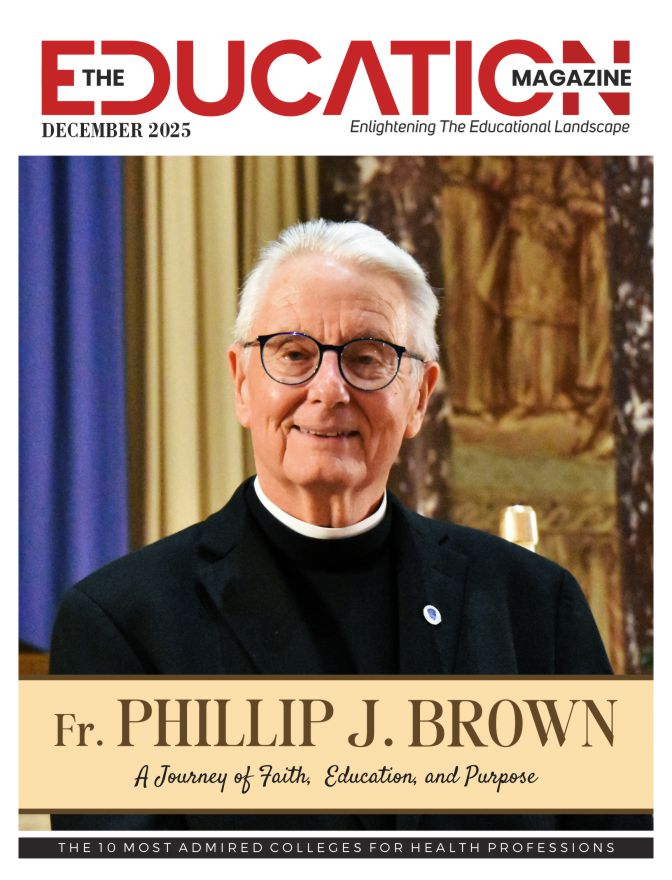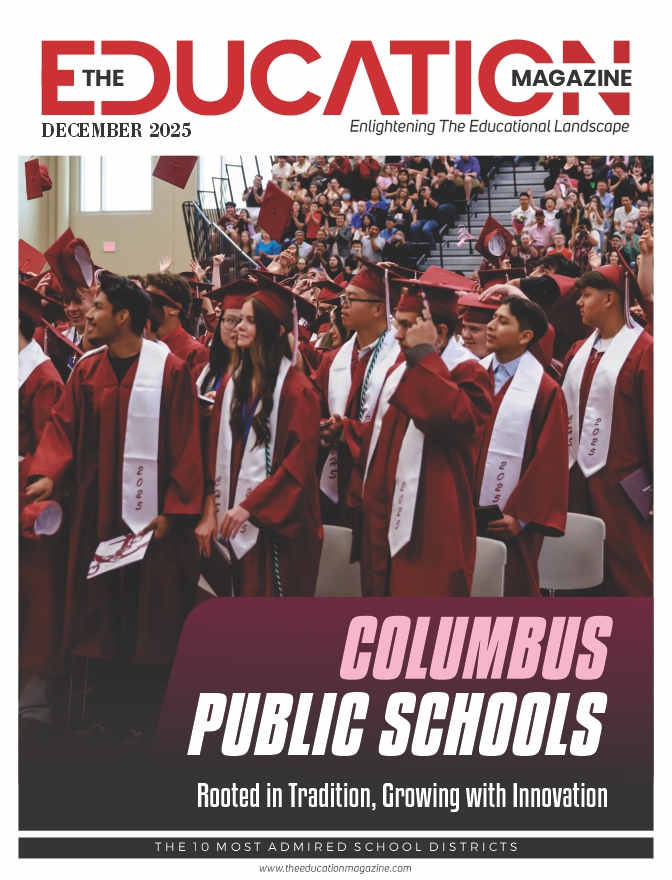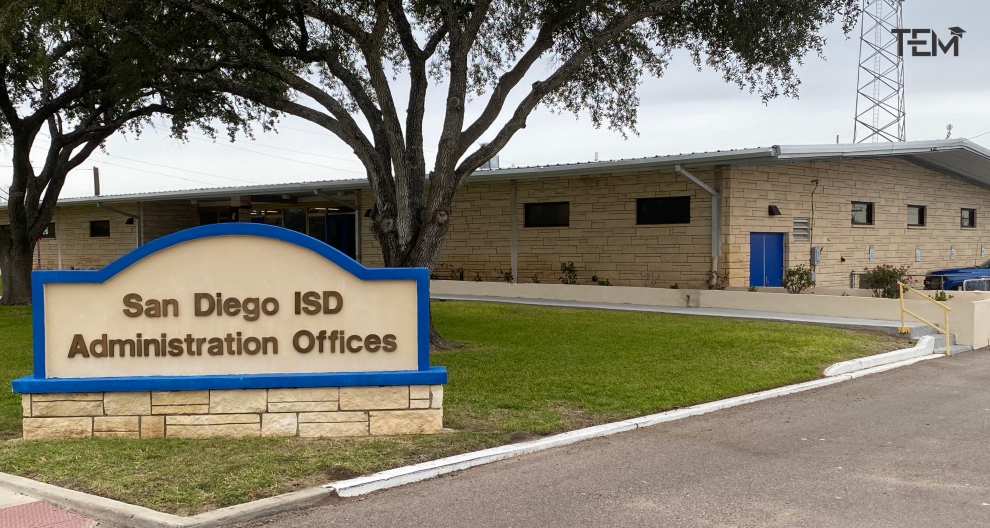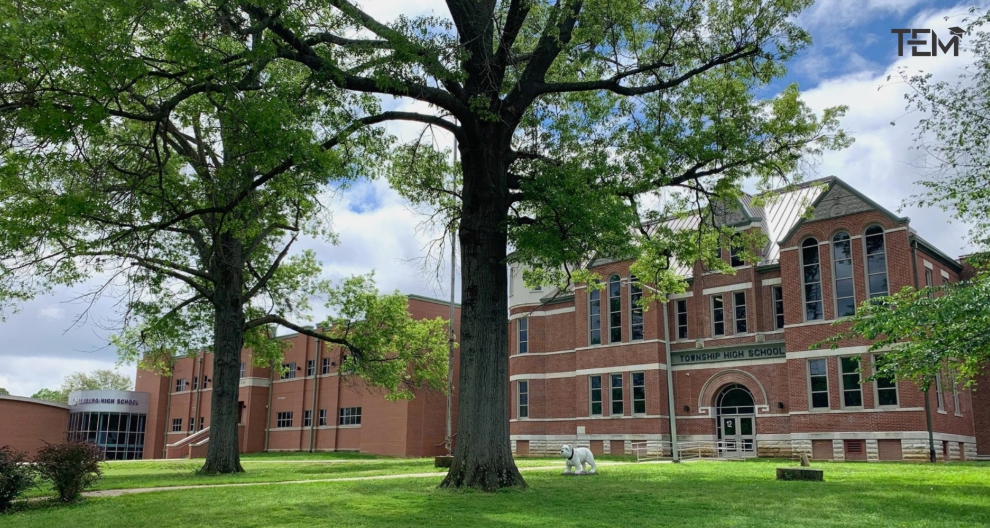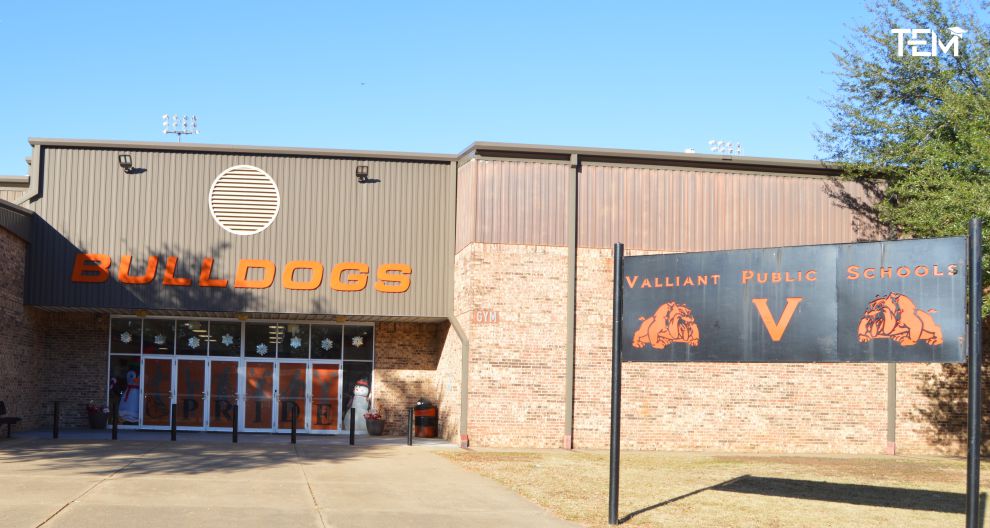History is one of the most exciting subjects to teach. Far beyond memorizing dates, it’s about understanding how people lived, what they believed, and how they shaped the world. Primary sources, like letters and photos, make history come alive. They’re a great addition to lessons that really help your child engage in the topic. Here’s how to use them in your American History classes to spark curiosity and build strong critical thinking skills.
What Are Primary Sources?
Primary sources are original records that were created at a certain time in history. They include things like letters, speeches, maps, diaries, photographs, and newspaper articles. They give you a direct, authentic line to the people who lived during the times you’re studying. In that sense, primary sources are very different from textbooks: they provide a genuine, unedited, and often personal account, compared to an authored, edited, and often biased summary.
To deliver a strong American history homeschool curriculum, you should include plenty of primary sources. Then, guide your child to analyze them and try to see the world through the perspective of those who were there. It’s a great opportunity to build empathy, ask difficult questions, and practice the kind of critical thinking that applies well beyond history class.
Fun Ways to Use Primary Sources
You can explore vintage ads or political cartoons and discuss how society and culture have changed, or compare newspaper headlines, and see how different sources covered the same event. Another fun activity is to let your child step into someone’s shoes from history and write a diary entry in character. These tasks help your child connect emotionally with what they’re learning.
Where to Find Quality Primary Sources
The Library of Congress stores thousands of digitized documents, photos, and recordings. DocsTeach.org is another good resource, created by the National Archives. Other popular sites include Chronicling America, where you can search historic newspapers, American Memory, and Smithsonian Learning Lab.
If you want a more practical and involved way to find primary sources, local libraries and historical societies are a fantastic place to start. They should have unique, regional materials for you to use, and some even offer educational kits or guided activities.
Teaching Students to Think Like Historians
Working with primary sources is important because it helps your child build analytical skills. Every time you approach a primary source, encourage them to ask questions like:
- Who created this?
- Why did they make it?
- What’s the message or purpose?
- Is there bias?
- What context is missing?
The aim is to dig deeper than surface-level understanding and help students think like historians by investigating the evidence with a healthy amount of skepticism. Role-play exercises or debates work well here. You could ask your child to defend a viewpoint from the past, while you counter it. This builds historical literacy, but it also develops media literacy, which is extremely valuable in today’s world of information overload and fake news.
End note
Using primary sources as teaching aids makes history feel real. Whether it’s reading an abolitionist’s letter or exploring 19th-century cartoons, these materials bring the past to life and help your child develop key skills. Embrace them as learning tools, encourage a curious mindset, and history will soon be your child’s favourite homeschool subject!
